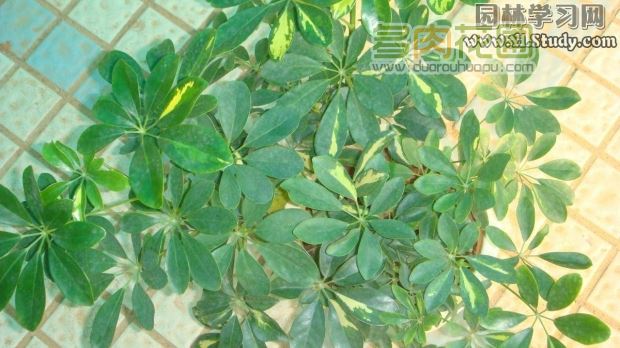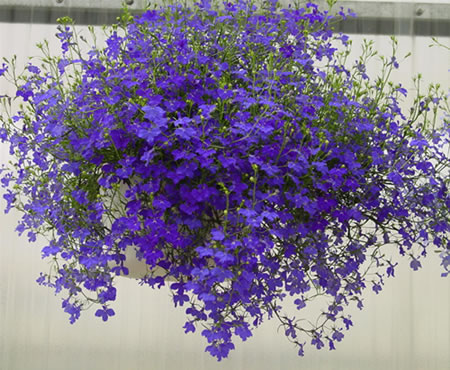Culture methods and matters needing attention of Scutellaria oleifera
Euphorbia angustifolia is commonly used in cutting, striping, sowing and propagation.
Cutting propagation technique
From the mother plant that has been growing for several years, cut the annual branches 6cm to 8cm, or combine with changing pots and re-cutting in spring, and the cut branches are used as cutting materials. Remove the inserted leaves and cut them in a plastic flowerpot with a pre-soaked perlite as substrate and a □ diameter of 15cm to 20cm. Add a tray to the bottom of the pot to receive the exudate. 3 plants or individual plants in each pot can take root about one and a half months after cutting, and should be kept moist with regular irrigation after cutting. Put it in the room with low light after insertion, strengthen the management of fertilizer and water, pour nutrient solution after rooting, replenish liquid once a week in the basin, and 100ml every time.

1. Habits
Sex likes warm, hot and humid climate, grows fast and propagates with seeds. The suitable temperature for growth is 20 ℃ to 30 ℃, and it should be no less than 5 ℃ in winter. If the temperature is below 0 ℃, the plant will be frozen and the leaves will fall, but if the stem is intact, new leaves will sprout again in the following spring. Goose palm wood likes to be wet and afraid of dry. Under the condition of high air humidity and sufficient soil moisture, the stems and leaves grow luxuriantly. But too much water, resulting in waterlogging, will cause rotten roots. If the basin soil is short of water or wet and dry for a long time, the phenomenon of falling leaves will occur. Goose palm wood has a certain ability to adapt to temporary drought and dry air. Goose palm wood can adapt to a wide range of light, and can grow in full sunshine, half-day or half-shade environment. However, the intensity of light has a certain relationship with the leaf color, the leaf color tends to be lighter when the light intensity is strong, and the leaf color is thick green when it is semi-overcast. The color of the variegated leaf species is more bright in the bright light. The soil should be rich, loose and well-drained sandy loam. Potted soil is a mixture of peat soil, rotten leaf soil and coarse sand.
2. Reproductive technology
Euphorbia angustifolia is commonly used in cutting, striping, sowing and propagation.
Cutting propagation technique
From the mother plant that has been growing for several years, cut the annual branches 6cm to 8cm, or combine with changing pots, re-cutting in spring, and cutting the branches as cutting materials. Remove the inserted leaves and cut them in a plastic flowerpot with a diameter of 15cm to 20cm in a pre-soaked perlite, with a tray at the bottom to receive the exudate. 3 plants or individual plants in each pot can take root about one and a half months after cutting, and should be kept moist with regular irrigation after cutting. Put it in the indoor weak light place after insertion, strengthen the fertilizer and water management, pour the nutrient solution after taking root, and replenish the liquid once a week in the basin, 100ml each time.
Note: do not replenish water on the day of rehydration, so as not to affect the concentration of nutrient solution. The basin is inserted and propagated to take a 6-inch-8-inch basin, the bottom hole is blocked with small stones, and the perlite or fine and clean river sand is installed in the middle. The rock surface or sand surface is low and the edge of the basin is 1 cm high. If the basin is filled with perlite, it is best to press a layer of river sand (to increase compactness). At this time, 10 cm-12 cm cuttings can be cut from adult flower leaf goose palm wood, and the bottom is cut into an oblique shape. If there is a little rooting powder, you can also touch a little rooting powder. Insert 3 plucks of cuttings into sand or perlite, 3-4 plants in each basin, pour water thoroughly after insertion, place the basin in a plastic basin or other container filled with water, the water level in the container should always be kept higher than 1 ℃ 2 of the cuttings basin, then place a transparent plastic cover on the cuttings basin in a bright place of scattered light, keep the temperature at 15 ℃-25 ℃, and form cuttings roots after 30-40 days. At this time, the goose palm firewood seedlings can be transplanted into a 6-inch-8-inch basin, and the basin soil should be filled with fine quality agricultural fertilizer, humus soil and fine sand according to 3 ∶ 2 ∶ 1, fully mixed fertile soil, watered thoroughly after planting, placed in a semi-shaded place for 7 days, and then transferred to a bright place for management.
Insert and breed large bottles of empty Coca-Cola or tall glass bottles, rinse clean and fill them with clean water (tap water). Cut goose palm wood cuttings, fixed and inserted into the bottle (the bottom of the cuttings is 1 cm away from the bottom of the bottle). Each bottle can be 2-3 sticks, covered with a transparent plastic bag, placed in a bright place, and the temperature is kept at 15 ℃-25 ℃ for 30-35 days. The white root of 0.5 cm-1 cm long grows at the bottom of the cuttage, and the upper basin can be removed according to the above method.
Diseases and insect pests: leaf spot and anthracnose, shell insects, red spiders, thrips and leaf moths.
Garden use: the plant is compact, the crown is neat and graceful for ornamental use, or used as a shelter tree species in the garden.
Culture methods and matters needing attention of Chimonanthus glabra
The flower leaf goose palm wood plant is compact, the crown is neat and beautiful. Goose palm wood likes to be wet and afraid of dryness, and its stems and leaves grow luxuriantly under the condition of high air humidity and sufficient soil moisture. Then Xiaoqi shared the breeding methods and matters needing attention.
I. Culture methods and matters needing attention of Chimonanthus glabra
1. Soil: peat soil is used as soil quality, and rotten leaf soil can be cultivated with a little base fertilizer or sandy soil. To ensure good air permeability and drainage of the soil.
2 、. Temperature: the general growth temperature of Scutellaria paniculata is 15-25 degrees Celsius. Leaves will fall off when it is less than 5 degrees Celsius, so pay attention to ventilation at ordinary times.
3.Illumination: Chimonanthus glabra is a semi-shade plant, which can not be exposed to direct sunlight for four hours every day.
4. Watering: Huaye goose palm wood should be watered every 3-4 days in spring, summer and autumn, but not too much water. If water accumulates, it will cause root rot, but keep the soil and soil moist. Watering decreases in winter, and the water temperature had better be similar to that of the soil.
5. Fertilization: the mixed fertilizer of nitrogen, phosphorus and potassium is mainly applied. If it is a variety of flowers and leaves, if there is more nitrogen fertilizer and weak light, the plaques on the leaves will not be obvious.
6. Pruning: Chrysanthemum chinense generally does not need pruning. If the leaves fall, the lower branches are lighter, and the upper branches can be cut off to promote the germination of new branches. What is cut can also be re-cut.
2.Propagation method of Calycanthus roxburghii
Euphorbia angustifolia is commonly used in cutting, striping, sowing and propagation.
From the mother plant that has been growing for several years, cut the annual branches 6cm to 8cm, or combine with changing pots, re-cutting in spring, and cutting the branches as cutting materials. Remove the inserted leaves and cut them in a plastic flowerpot with a diameter of 15cm to 20cm in a pre-soaked perlite, with a tray at the bottom to receive the exudate. 3 plants or individual plants in each pot can take root about one and a half months after cutting, and should be kept moist with regular irrigation after cutting. Put it in the indoor weak light place after insertion, strengthen the fertilizer and water management, pour the nutrient solution after taking root, and replenish the liquid once a week in the basin, 100ml each time.
The above is the sharing of breeding methods and breeding methods. If you like it, you should take a closer look.
- Prev

How to deal with the yellow leaves of cyclamen?
1. Cyclamen leaves curl yellowing solution: lack of nutrition, pay close attention to fertilization, to the florist to buy special fertilizer can not be too much to supplement the nutrition of flowers, usually a small number of pots can bury some cooked soybeans, cooked peanuts. Bean cakes, changed steamed buns, etc., so as not to worry about lack of nutrition. Cyclamen cultivation problem
- Next

Culture methods and matters needing attention of six times profit
Note that the seeds of the butterfly flowers are small, so when sowing, you can mix some fine sand before sowing, or plant the seedlings in a pot or flower bed when raising seedlings to 6 or 8 leaves, and use fine-hole spray to water them, so as not to be too fierce to prevent seed loss. & nbsp; 1- sows in March and blossoms after July
Related
- Fuxing push coffee new agricultural production and marketing class: lack of small-scale processing plants
- Jujube rice field leisure farm deep ploughing Yilan for five years to create a space for organic food and play
- Nongyu Farm-A trial of organic papaya for brave women with advanced technology
- Four points for attention in the prevention and control of diseases and insect pests of edible fungi
- How to add nutrient solution to Edible Fungi
- Is there any good way to control edible fungus mites?
- Open Inoculation Technology of Edible Fungi
- Is there any clever way to use fertilizer for edible fungus in winter?
- What agents are used to kill the pathogens of edible fungi in the mushroom shed?
- Rapid drying of Edible Fungi

